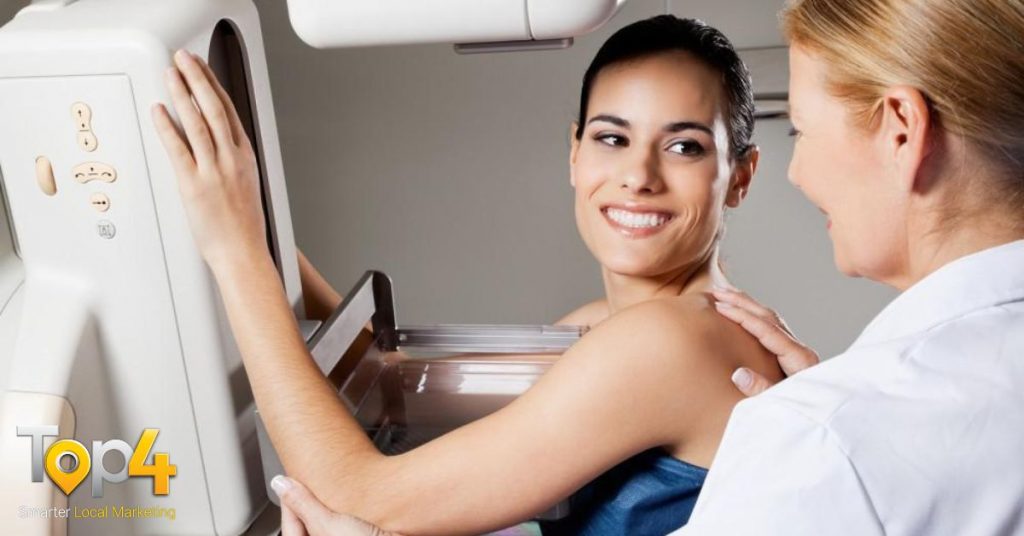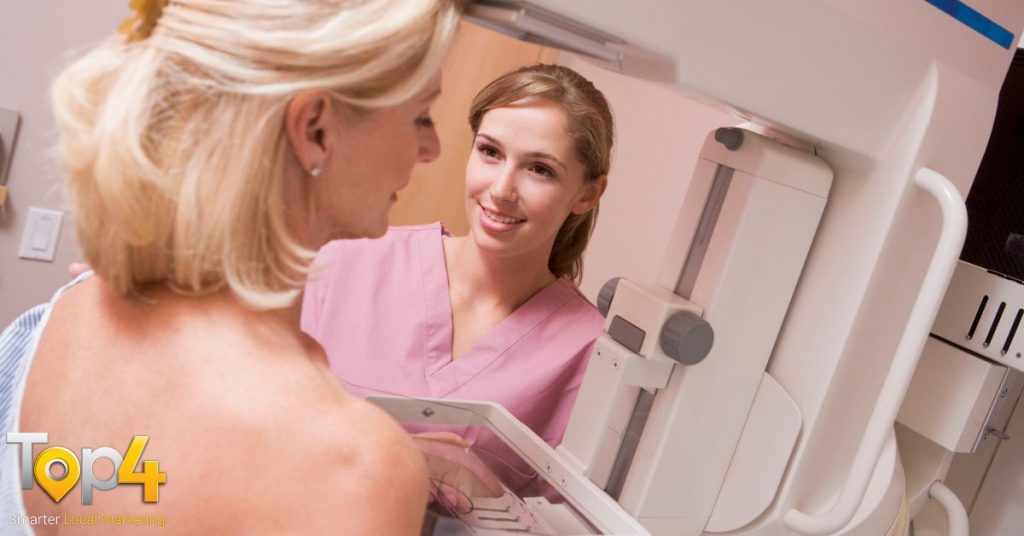Getting a mammogram is an important step in taking care of yourself and your breasts. Whether you’re getting a mammogram for the first time or as a veteran, knowing what to expect may help the process go more smoothly.
How to prepare for getting a mammogram?
- If you have a choice, use a facility that specializes in mammograms and does many mammograms a day.
- Try to go to the same facility every time so that your mammograms can easily be compared from year to year.
- If you’re going to a facility for the first time, bring a list of the places and dates of mammograms, biopsies, or other breast treatments you’ve had before.
- If you’ve had mammograms at another facility, try to get those records to bring with you to the new facility (or have them sent there) so the old pictures can be compared to the new ones.
- Schedule your mammogram when your breasts are not tender or swollen to help reduce discomfort and get good pictures. Try to avoid the week just before your period.
- On the day of the exam, don’t wear deodorant or antiperspirant. Some of these contain substances that can show up on the x-ray as white spots. If you’re not going home afterward, you might want to take your deodorant with you to put on after your exam.
- You might find it easier to wear a skirt or pants so that you’ll only need to remove your top and bra for the mammogram.
- Discuss any recent changes or problems in your breasts with your health care provider before getting the mammogram.
Don’t be afraid of mammograms! Remember that only 2 to 4 screenings in 1,000 lead to a diagnosis of breast cancer.

What to tell your technologist?
These tips can help you have a good quality screening:
- Always describe any breast changes or problems you’re having to the technologist doing the mammogram. Also describe any medical history that could affect your breast cancer risk—such as surgery, hormone use, breast cancer in your family, or if you’ve had breast cancer before.
- Before getting any type of imaging test, tell the technologist if you’re breastfeeding or if you think you might be pregnant.
What to expect when getting a screening?
- You’ll have to undress above the waist to get a mammogram. The facility will give you a wrap to wear.
- A technologist will position your breasts for the mammogram. You and the technologist are the only ones in the room during the mammogram.
- To get a high-quality picture, your breast must be flattened. The technologist places your breast on the machine’s plate. The plastic upper plate is lowered to compress your breast for a few seconds while the technologist takes a picture. You will then need to change position before the next picture is taken.
- The whole procedure takes about 20 minutes. The actual breast compression only lasts a few seconds each time.
- You might feel some discomfort when your breasts are compressed, and for some women, it can be painful. Tell the technologist if it hurts.
- Two views of each breast are taken for a screening mammogram. But for some women, such as those with breast implants or large breasts, more pictures may be needed.
What to expect when getting a diagnostic mammogram
- A diagnostic mammogram is often done if a woman has breast symptoms or if a change is seen on a screening mammogram.
- More pictures are taken during a diagnostic mammogram with a focus on the area that looked different on the screening mammogram.
- During a diagnostic mammogram, the images are checked by the radiologist while you’re there so that more pictures can be taken if needed to look more closely at any area of concern.
- In some cases, special images known as spot views or magnification views are used to make a small area of concern easier to see.
How will I get my mammogram results?
If you don’t hear from your health care provider within 10 days, do not assume that your screening was normal. Call your provider or the facility where the mammogram was done. A full report of the results of your mammogram will be sent to your health care provider. Mammography clinics also must mail women an easy-to-understand summary of their mammogram results within 30 days—or “as quickly as possible” if the results suggest cancer is present. This means you could get the results before your provider calls you. If you want the full written mammogram report as well as the summary, you’ll need to ask for it.
At Sydney Breast Associate, the doctor is experienced in a Clinical Surgical Oncology Fellowship at The Royal Marsden Hospital in London, UK, and a Head/Neck/Breast/Endocrine Surgical Fellowship in Auckland City Hospital, New Zealand. With an aesthetic approach to breast cancer removal and breast conservation, Sydney Breast Associates focus on the best possible outcomes for their patients – from minimally invasive techniques to partial and total/skin-sparing/nipple-sparing mastectomy. Our breast surgeons work alongside experienced plastic and reconstructive surgeons to provide immediate breast reconstruction where possible. Book your appointment now to check for the symptoms.

